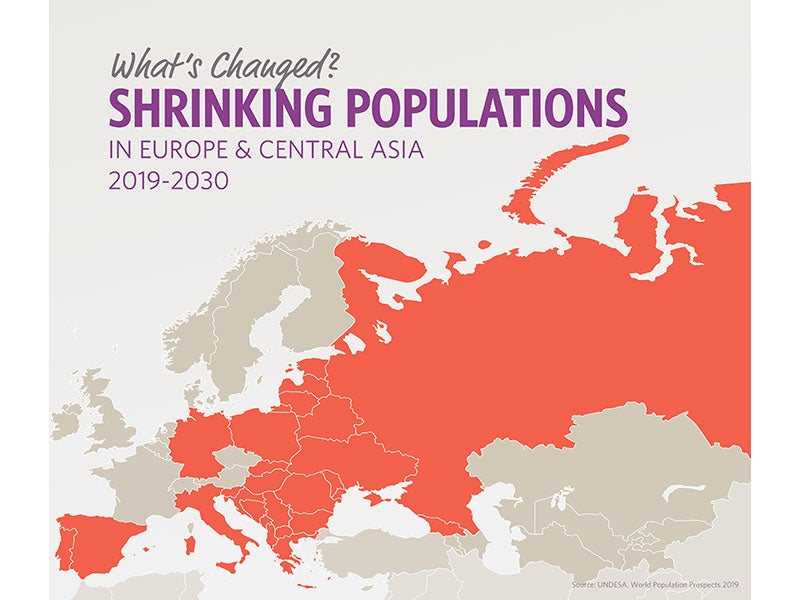ISTANBUL, Turkey — Do people in Eastern Europe and Central Asia enjoy more rights and freedoms than they did 25 years ago? On what issues has progress been steadiest, and which have been most resistant to change?
The 25th anniversary of the International Conference on Population and Development (ICPD) is an opportunity to assess how far we have come since then, and what remains to be done. That event in 1994 saw global leaders with diverse views come together in Cairo to discuss the relationship between population development and individual welfare.
The Eastern Europe and Central Asia region has witnessed significant progress in the implementation of the Programme of Action adopted in Cairo by 179 countries. Examples of this include greater access to sexual and reproductive health care, reduced maternal mortality, increased life expectancy, and advances in gender equality and women’s empowerment.
But the countries of the eastern part of the region generally still lag behind in progress towards achieving ICPD goals, including on issues such as life expectancy (especially of men), use of modern contraceptives, combating HIV, and reducing teenage pregnancy and child marriage.
These graphs and maps illustrate the compelling data on current population and health trends.


